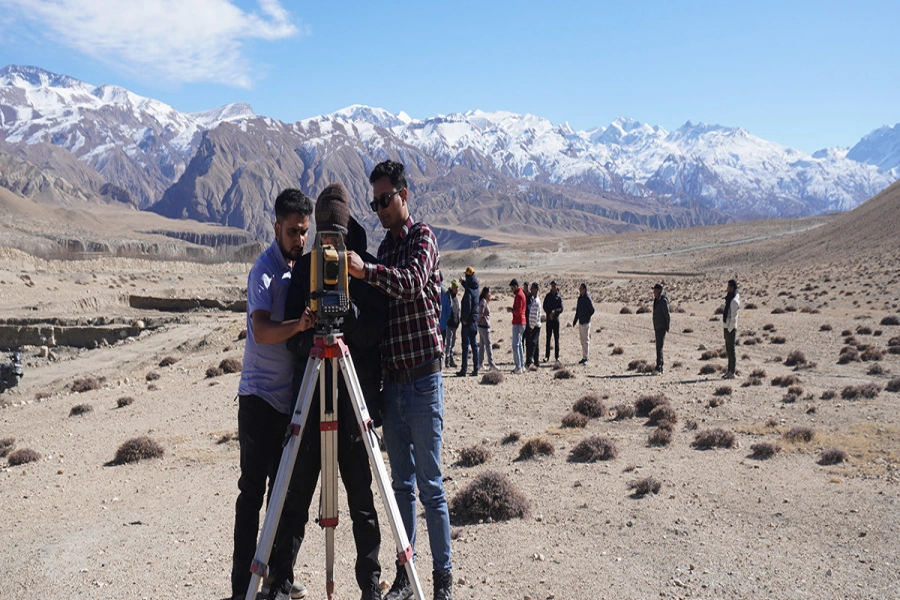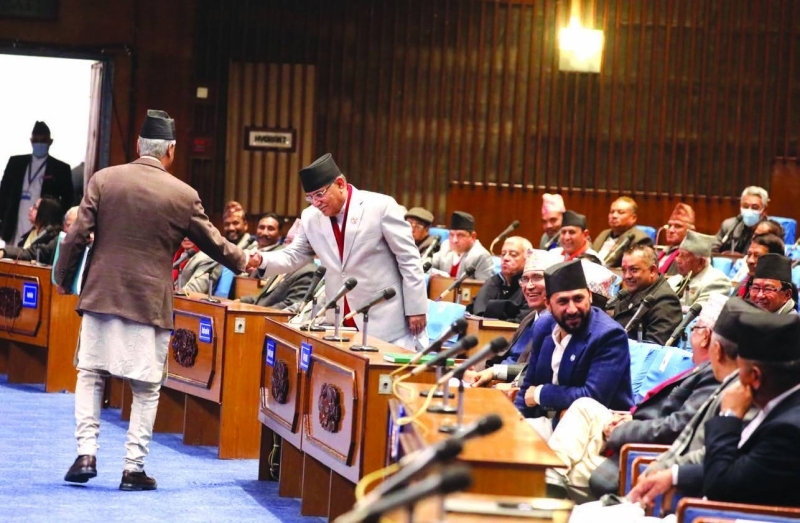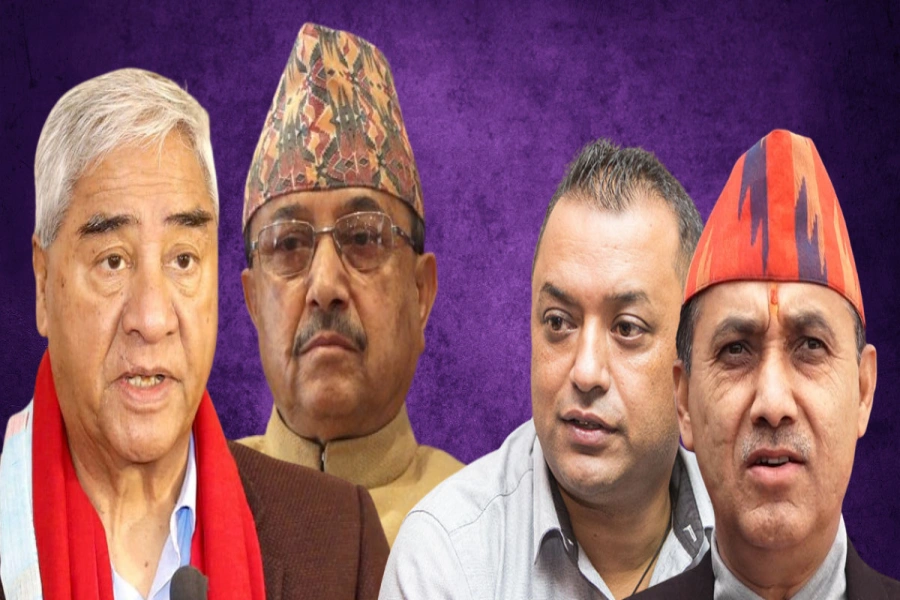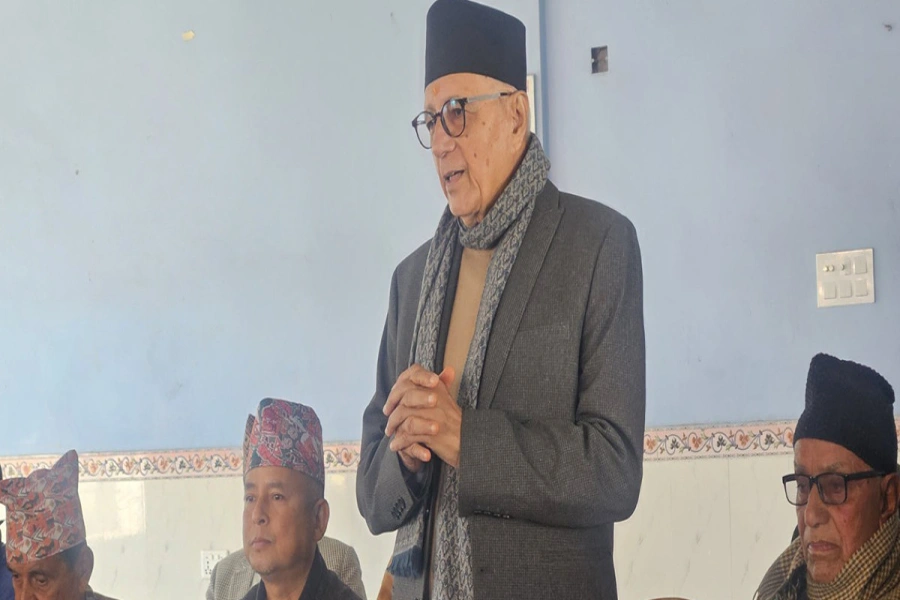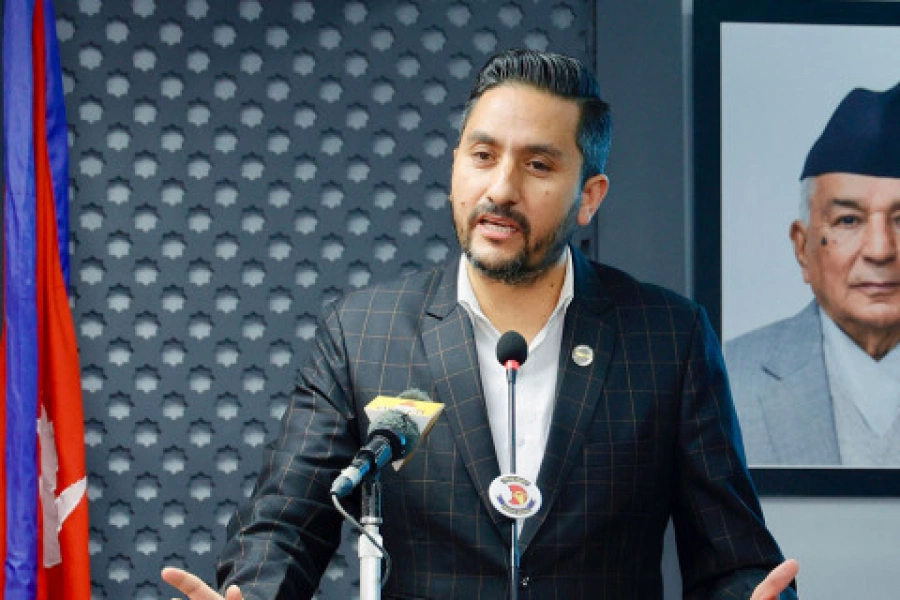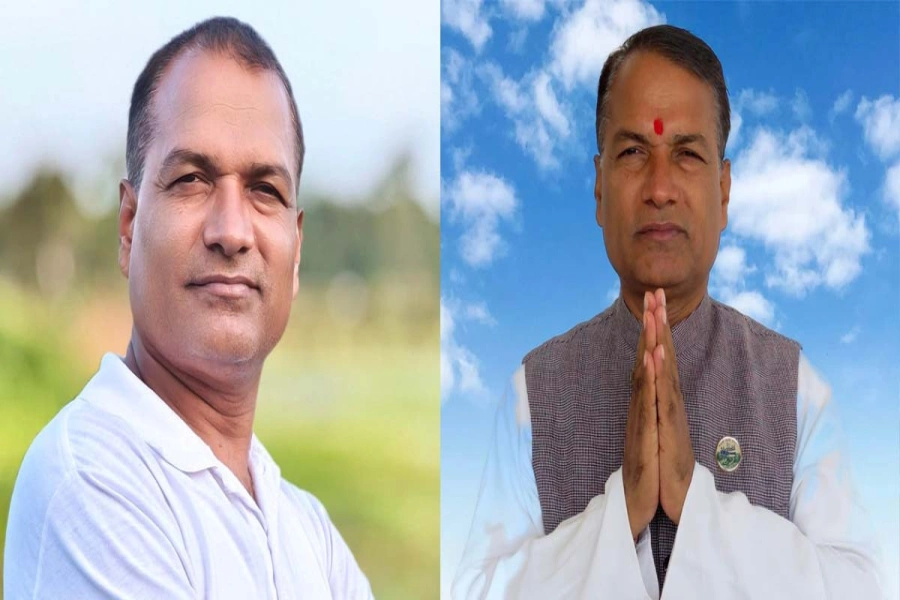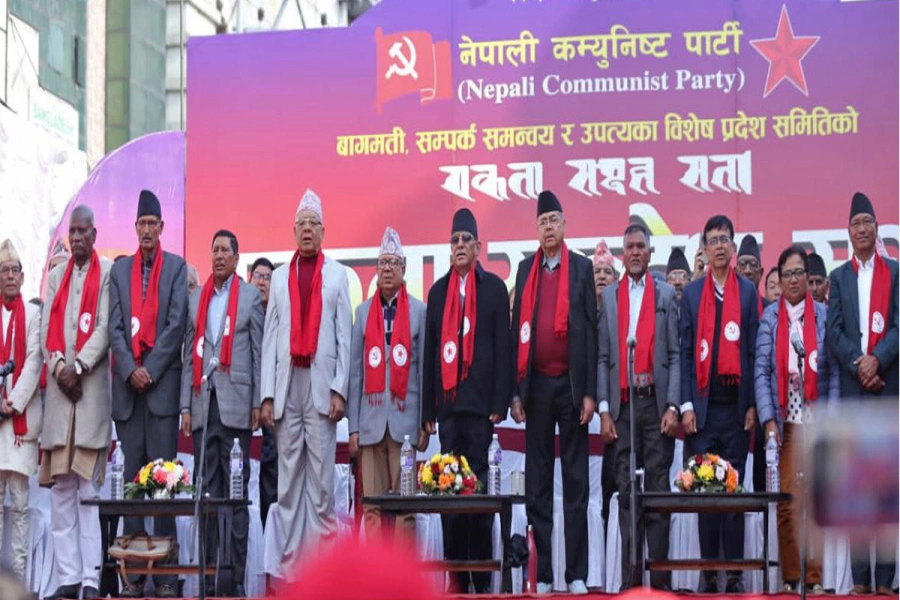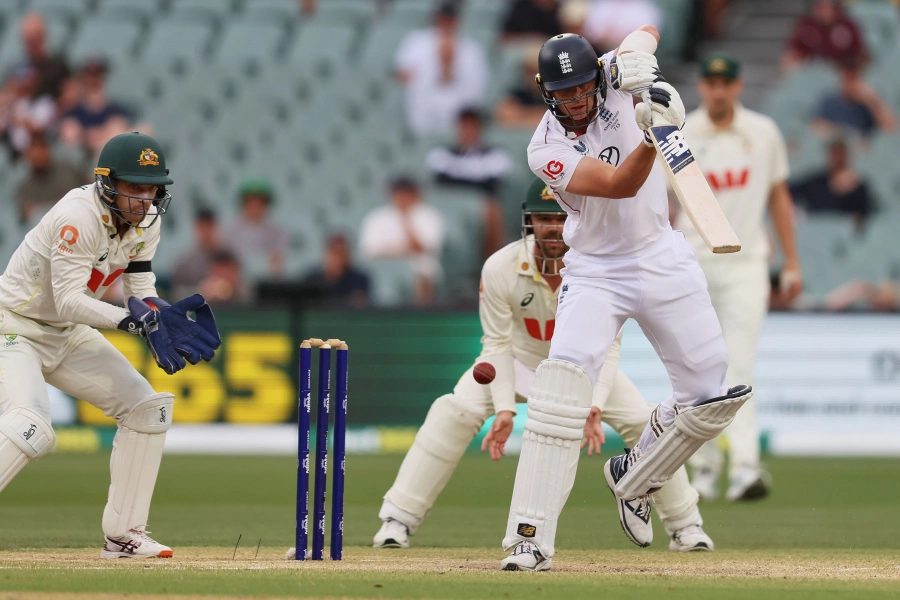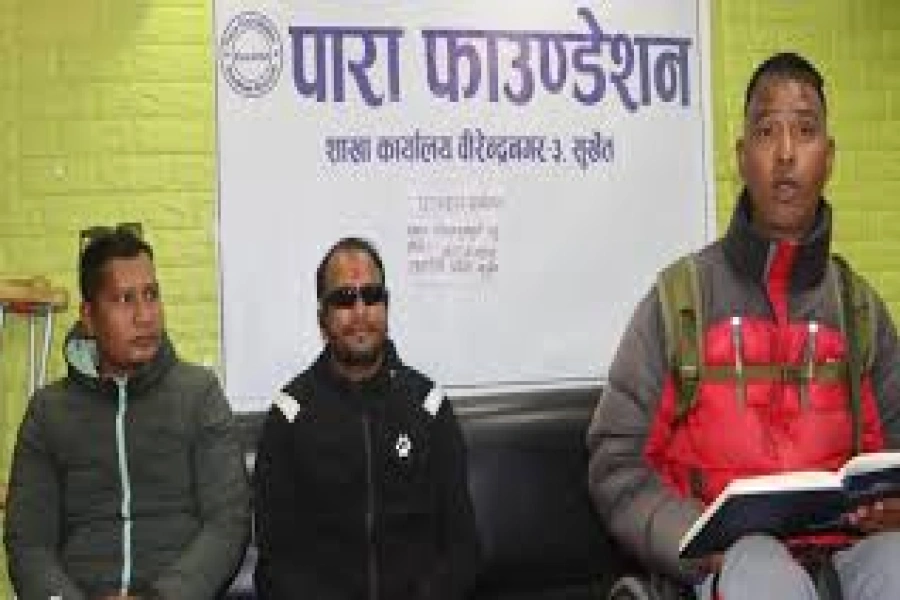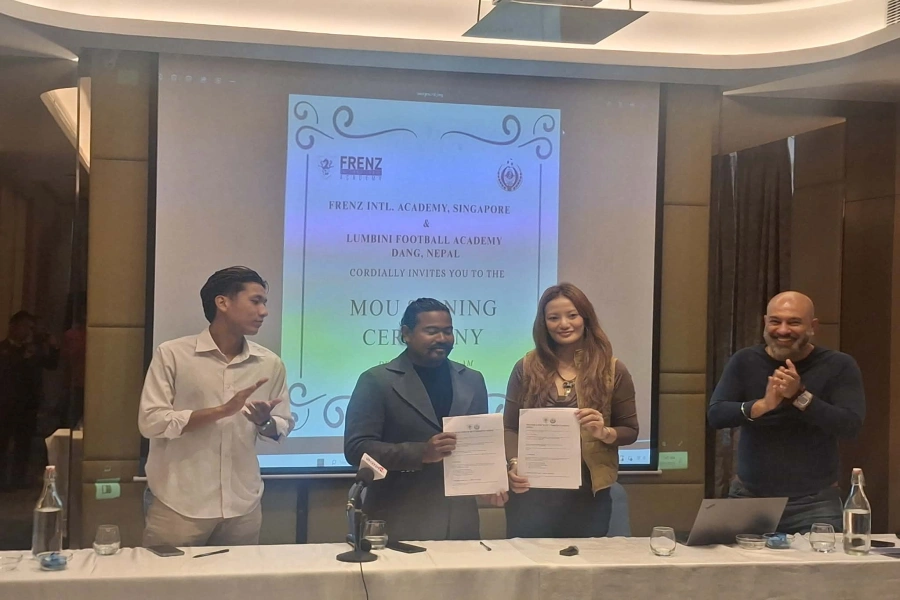Experts rule out feasibility of two-party system in Nepal
KATHMANDU, July 30: Ever since the country's two largest and traditionally rival parties-- the Nepali Congress (NC) and the CPN-UML-- agreed to form a new government on July 1, pledging constitutional amendments to ensure political stability, speculation has grown about a potential shift towards a two-party system in Nepal.
This speculation is fueled by UML General Secretary Shankar Pokharel, a key architect of the current alliance, who has publicly stated that Nepal does not need more than two parties, namely the NC and the UML. This sentiment was echoed by NC General Secretary Gagan Thapa, who in his speeches suggested that fringe parties, which often caused political instability by having disproportionate influence in government formation, need to be addressed.
One month since the UML severed ties with the third largest party in the parliament--Maoist Center, the debate continues over the feasibility and desirability of a two-party system in Nepal. While some political leaders argue that this system is both feasible and desirable for the country that has witnessed a series of political instability, experts question its viability in an ethnically diverse country like Nepal.
Ruling coalition appeals to vote for coalition parties for safe...

Nepal has experienced a multi-party democratic system since the establishment of democracy in 1951. Numerous parties, ranging from communist to capitalist ideologies, have emerged since. However, this system was short-lived, as the then King Mahendra abolished it in favor of a partyless Panchayat system barely after ten years.
The multi-party democratic system was restored in 1990 with the restoration of democracy, accommodating parties with diverse ideological viewpoints, including leftist, centrist, and rightist forces. The Interim Constitution of 2007 and the 2015 Constitution of Nepal continued this system.
However, the multi-party system is often blamed for political instability, despite allowing parties representing specific groups, ethnicities, and regions to participate in parliament. The downside is that no single party often secures a majority, leading to unstable coalitions.
The necessity for the two largest parties in parliament— the NC and the UML—to support a prime minister from a much smaller party until the new coalition was formed earlier this month highlights the problem. Thus, the suggestions by UML General Secretary Pokharel and NC General Secretary Thapa are understandable, as the third largest party, the Maoist Center, previously held decisive power in government formation until the two major parties united.
Political Analyst Chandra Dev Bhatta believes that a two-party system is not feasible in Nepal, regardless of the number of affirmative arguments for it. "Such an idea is against the spirit of democracy. It restricts diversity of opinions and thoughts. Political ideology in Nepal is not limited to just two ideologies, and the NC and the UML alone, for an instance, cannot represent the entire society," he argues.
Many Western countries, including the US and the UK, have had two-party systems for centuries, with the US having the Democrats and Republicans, and the UK having Labour and Conservative parties. While this system has provided relative political stability in these countries, there are concerns that it fails to represent the true aspirations of the people, leading to the emergence of new political parties.
Bhatta argues that the rise of identity and regional politics in Nepal makes a two-party system further complicated. "In the Western world, the two-party system emerged as one party represented the working class people and the other represented those owning the means of production post-industrial revolution. In our case, nothing similar binds people together. Our political parties seek to represent both workers and owners," he added.
Political analysts argue that the lack of ideological clarity among Nepal's political parties further complicates the establishment of a two-party system. "It is often difficult to distinguish between parties as they seem to share fundamentally similar views on key economic and social policies. Which party in Nepal champions liberal values and which one leads conservative views? It is difficult to differentiate," argues Political Analyst Dr. Uddhab Pyakurel.
What further complicates the establishment of a two-party system in Nepal is the lack of a culture for accommodating different opinions and viewpoints within parties. “When the top leadership of our parties tends to eliminate those with differing opinions, how can you expect two parties to represent the diverse interests of all parties, from those advocating for monarchy to those supporting republicanism, and from those favoring secularism and federalism to those promoting Hindu state and a unitary system of governance?” added Dr. Pyakurel, who also teaches at Kathmandu University.






